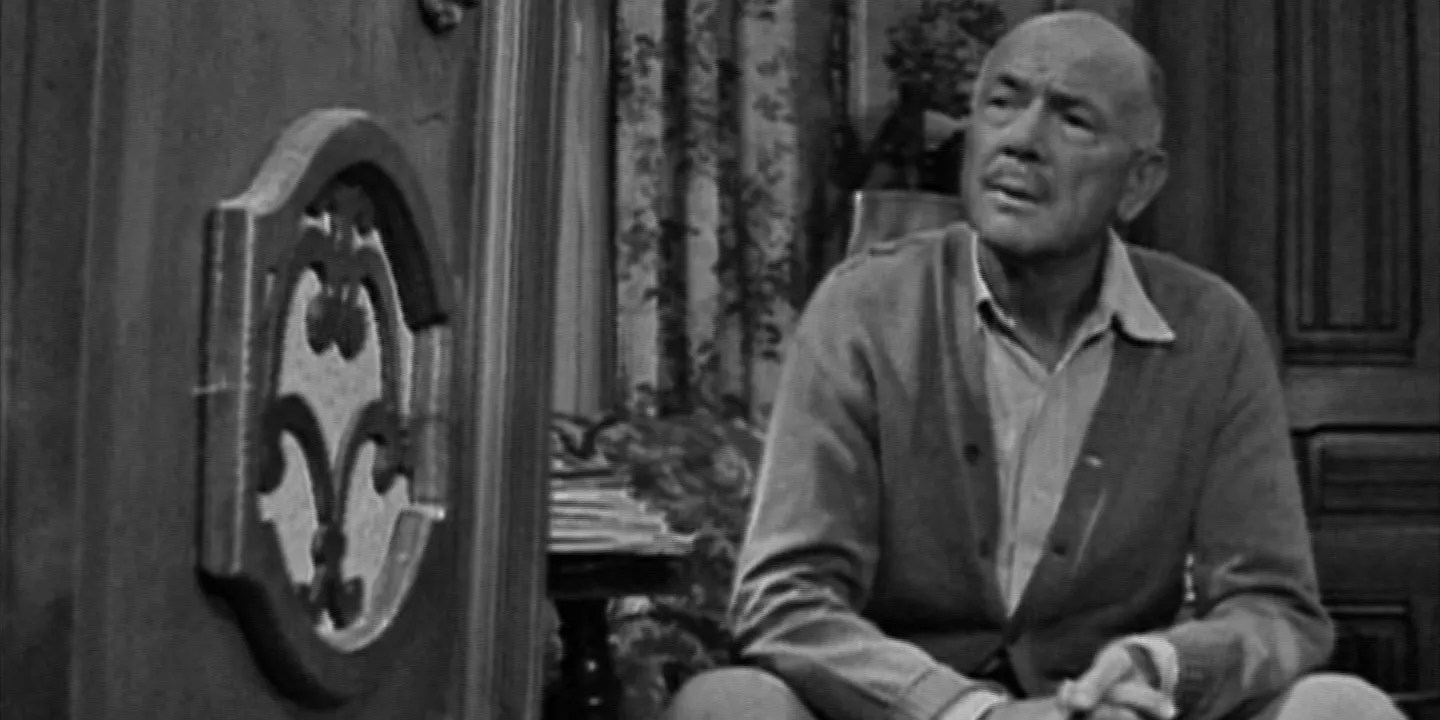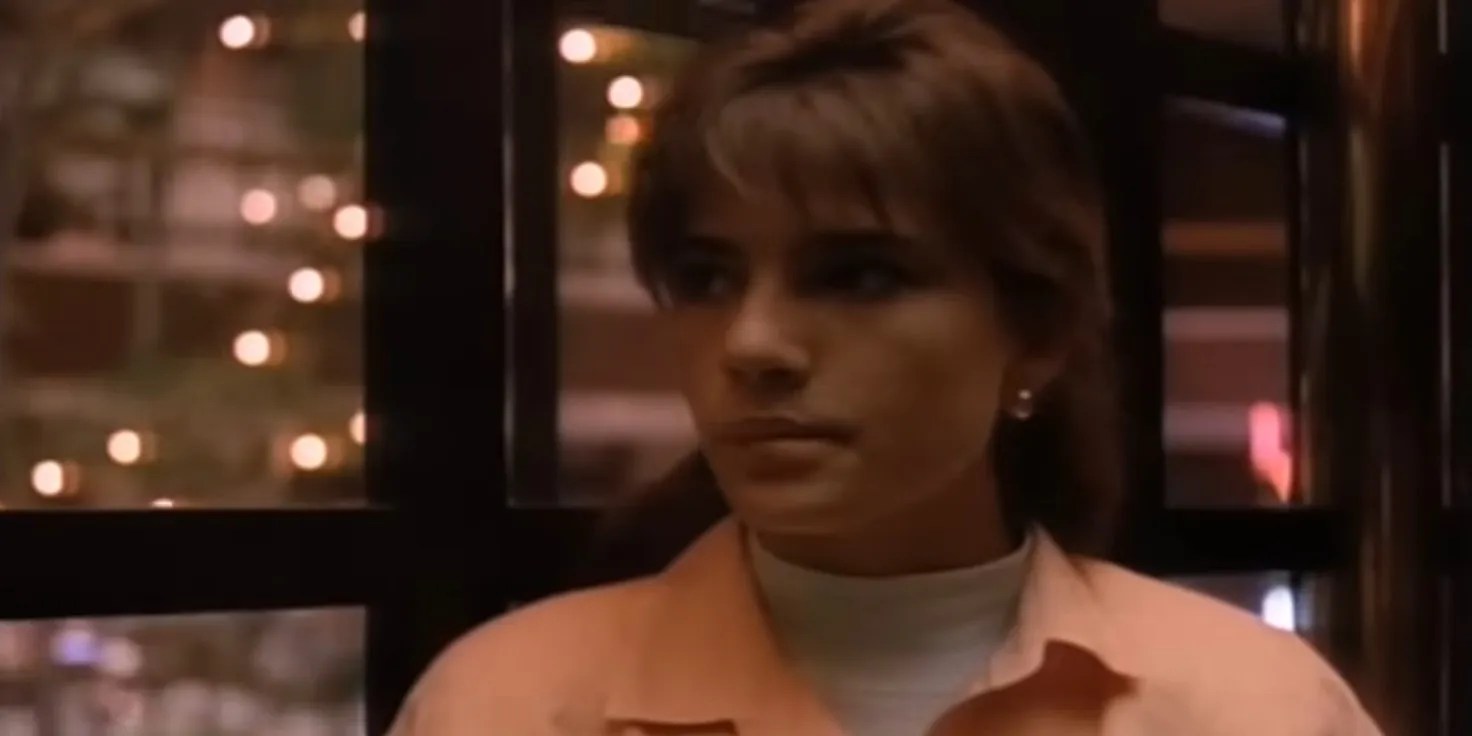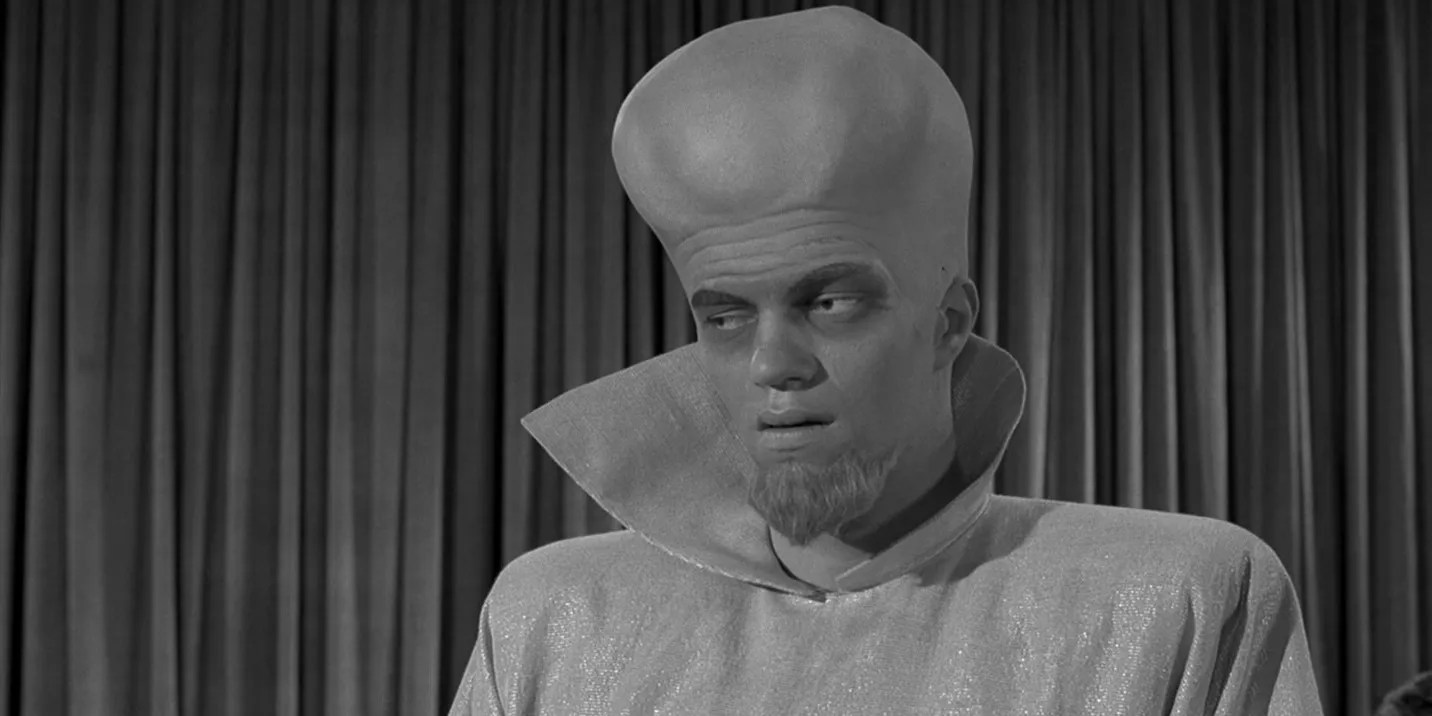Summary
The Twilight Zonedebuted in 1959 and ran for five seasons. Presented by Rod Serling, the series examined ethical dilemmas from a supernatural perspective. Thistemplate proved successful, with numerous revivals and reinterpretations of the original series emerging across subsequent decades. Each of these productions offered a new take on the concept and, although they lack the staying power of the original series, they helped to expandThe Twilight Zonecanon.
From short-lived reboots to films released both theatrically and on television, to divisive reboots designed to win the streaming wars, the various iterations ofThe Twilight Zonemay vary in format and quality, but each offers a glimpse of the unknown.

9Tower of Terror (1997)
IMDb Score: 6.1
Tower of Terroroccupies a Twilight Zone all of its own: does it qualify as a part of the franchise or not?Despite its characteristic scaresand twists, it lacks the branding of Serling’s classic (Disney opted out of acquiring the rights). Yet the movie supplements the lore of the real-life Twilight Zone: Tower Of Terror attraction found at various Disney parks, which featured a pre-ride introduction from a Rod Serling impersonator.Tower of Terroralso makes extensive use of theTwilight Zone-themed ride as a filming location, earning it an honorable mention as part of the wider franchise.
While closer in tone toGoosebumpsthan any take onThe Twilight Zone, the family-friendly caper is a competently assembled ghost story that makes the most of a strong cast, including Kirsten Dunst and Melora Hardin. Bizarrely, writer D.J. MacHale reused one of the movie’s characters (Dewey, the ill-fated elevator operator in the Tower of Terror) in an unrelated young adult novel, suggesting that while the limits ofThe Twilight Zoneare far from clear, its boundaries are always expanding.

IMDb Score: 6.2
The discovery of two unproduced Serling stories led to 1994’sTwilight Zone: Rod Serling’s Lost Classics, a ninety-minute TV special. A shorter segment, “The Theater”, was expanded from Serling’s outline by Richard Matheson, resulting in a spooky if the somewhat forgettable tale of a woman who sees her own death on a cinema screen. It’s not quite a classic, but works better than the movie’s second part, “Where the Dead Are”. Based on a complete Serling script, this sluggishly paced story about a doctor searching for a way to cure death is far from his best, with a twist that totally fails to shock.
Yet the cruel irony of this segment is that its central theme, that dead things should stay that way rather than returning as pale imitations, went unnoticed by the special’s producers. “To everything, there is a season,” quotesSerling stand-in James Earl Jonesat the story’s climax. “A time to be born, and a time to die.” Neither “The Theater” nor “Where The Dead Are” justify a resurrection, and while they’re not unwatchable, they’re a sorry send-off for Serling’s work.

7The Twilight Zone (2002–2003)
IMDb Score: 7.2
The Twilight Zone’s second revival lasted only a single season, perhaps becausethe era of anthology televisionwas entering a decline. Although shows likeThe Outer Limitsfound success with the anthology format throughout the late 1990s, that series ended just asThe Twilight Zone(2002–2003) hit screens.
The series is notable for airing a sequel to the classicTwilight Zoneepisode “It’s a Good Life”, in which two actors from the original episode reprised their roles, as well as for its updated takes on episodes like “The Monsters Are Due on Maple Street”. However, the short-lived series also introduced new concepts to the franchise, such as “The Placebo Effect”, in which a hypochondriac catches a fictional disease from a sci-fi novel, and “Sensuous Cindy”, a cautionary tale about AI romance.

IMDb Score: 6.4
5
Twilight Zone: The Movie, which brings together John Landis, Steven Spielberg, Joe Dante, and George Miller, is structured as an anthology film that gives each director a chance to reinterpret a classicTwilight Zonetale. Although the movie opens with an overlong skit between Albert Brooks and Dan Ackroyd, it soon transitions into a blend of “Back There” and “A Quality of Mercy”, written and directed by Landis.
Spielberg takes over for a remake of “Kick the Can”, while Joe Dante’s take on “It’s A Good Life” constitutes the movie’s third section. The movie ends with George Miller’s version of “Nightmare at 20,000 Feet”. Despite itsall-star cabal of directorsand rich source material, the movie is only mediocre and is remembered today not for its plotting, but rather due to a tragedy that occurred on set. During the filming of Landis' segment, a helicopter crash resulted in the deaths of three actors, including two children who had been hired illegally by Landis, complicating the movie’s legacy.

4The Twilight Zone: Radio Dramas (2002–2012)
IMDb Score: 8.8
Many ofThe Twilight Zone’s best twistsrely on a visual element, so it’s surprising that the series also succeeds in a non-visual format. Produced by BBC Radio, this version ofThe Twilight Zonere-imagines episodes of the original series as full-cast audio dramas.
While stories are modified to better suit the audio format, the series is true to the originalTwilight Zone. This strength is also the series' biggest weakness—for the most part, it merely adapts existing narratives rather than breaking new ground. However, for those wanting something to revisit some old favorites,The Twilight Zone: The Radio Seriesmakes for an entertaining time.

3The Twilight Zone (2019–2020)
IMDb Score: 6
Paramount’s realization that it would takemore than divisiveStar Trekshowsto win the streaming wars forced the company to dust off another classic franchise:The Twilight Zone. Presented and executive produced by Jordan Peele, whose work on movies likeGet OutandUshad made him a household name, and boasting big-name stars like Gretchen Mol and Joel McHale, the series should have been a smash hit.
However, while it has its moments (strong installments include “Try, Try”, “The Who of You”, and “Replay”), this iteration ofThe Twilight Zoneis far less than the sum of its parts. The political satire of “The Wunderkind” is delivered with a sledgehammer, “Nightmare at 30,000 Feet” is a forgettable twist on aTwilight Zoneclassic, and the less said about evil-octopus-apocalypse drama “8”, the better. Peele’s version delivers one of the wildestTwilight Zonetwists of all: a show by such a talented team is somehow shockingly forgettable.

2The Twilight Zone (1985–1989)
IMDb Score: 7.7
WhileTwilight Zone: The Movieleft many fans of the franchise feeling somewhat underwhelmed, the film was enough of a box-office success to trigger interest in a television revival. Running for four seasons between 1985 and 1989,The Twilight Zone’s second TV iteration initially experimented with the show’s format, with each episode containing multiple stories of varying lengths. While the shortest tales feel underdeveloped, the seriesstill offers some hidden gems, including a remake of the 1960s “The After Hours” and an excellent adaptation of Tom Godwin’s short story “The Cold Equations”.
Unfortunately, audience disinterest meant that the series was constantly threatened with cancelation, provoking a flurry of behind-the-scenes interference. The 1980s version ofThe Twilight Zonenever quite recaptures the charm or tone of the original, but it remains an enjoyable anthology series in its own right.

1The Twilight Zone (1959–1964)
IMDb Score: 9.1
The first iteration ofThe Twilight Zonemay not be perfect, but its enduring legacy as popular culture’s premier anthology series is well-earned. Episodes like “To Serve Man”, “Time Enough at Last”, and “Eye of the Beholder” continue to entertain and surprise audiences over five decades after the show’s debut. Much ofThe Twilight Zone’s charm can be attributed to Rod Serling, who wrote many episodes and hosted the entire run, but also to writers like Richard Matheson and Charles Beaumont,whose inventive ideasmake for compulsive viewing.
The influential nature of the originalTwilight Zoneis clear in just how many subsequent reboots have attempted to replicate its success. Subsequent iterations would attempt to remake or re-imagine key themes or scripts, but none came close to recapturing the magic of Serling’s original series.

The Twilight Zone
The complete series of The Twilight Zone is a must-have for aficionados of the strange and supernatural. This iconic anthology, graced by legendary actors, presents timeless tales of the mysterious and macabre. The Blu-ray collection, showcasing stellar performances in high definition, invites viewers to revisit Rod Serling’s masterful storytelling and experience the classic series like never before.